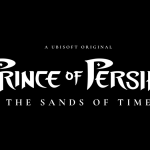The remake of Final Fantasy VII was one of the most anticipated projects by gamers ever since Square Enix presented a technical demo with Cloud on the PS3, but it wasn’t the first time they played with gamers’ hopes with their most iconic saga. The veterans among us will remember that this trick was used by the company to showcase how powerful the Emotion Engine of the PS2 was with Squall and Rinoa. These technical demos seemed to anticipate that the Japanese could be developing an adaptation of these titles to more powerful hardware. So many hopes and desires were solidified with the presentation of the Final Fantasy VII remake at E3 2015.
The first installment of this trilogy that reimagines the tale of Final Fantasy VII was sensational. In my humble opinion, it constructs a nuanced Midgar and develops its characters with an elegance that the first game lacked, and to top it off, the gameplay system is superlative. I hate to say it, but Sephiroth was very poorly handled in the original product, and here he has weight and, above all, a real presence. The release of Rebirth forces us to stop and consider the elements that underpin a product that is fantastic and surpasses the original game. Open world, combat system, minigames like the Pragmatic Play’s best slot, game fluidity, or the plot make Square’s title a strong contender for Game of the Year this season.
The open world
Before delving into the game, I can tell you that you are facing a work that includes dozens of hours of quality content and is a love letter to the PS1 classic. Rebirth’s open world is divided into five large zones that cleverly deploy its narrative and even playable proposal. These massive-sized environments hide a generous amount of side missions that serve to specifically develop the secondary characters we interact with or to establish deeper bonds with our teammates.
The open world is not just a pretty facade; it includes different layers of content leading to the affinity system, which allows us to worsen or improve our relationship with the characters either through dialogue options or by using certain combat skills. It’s been a long time since I’ve seen a product with such an intelligent structure.
The mini-games
In the first installment of these remakes, entertaining mini-games were included, but none were memorable. Well-crafted, but far from Final Fantasy X’s Blitzball or the card game of the eighth installment, but here we have proposals that are games in themselves.
We have about 19 mini-games, of which I would like to highlight three. I’ll start with Chocobo Racing, a classic unlocked in an advanced segment of the game but worth discovering. The dynamics are simple, like in Mario Kart, the idea is to learn the circuits, master turning, and stylishly use power-ups. You can unlock cosmetic elements, track variants, and more goodies that make this experience the best Chocobo Racing ever.
I continue with the piano game. A mini-game that is as complex as each person’s skill can grow. Perfect for recreating the great compositions of the saga or melodies from other products. I finish with Queen’s Blood, the best card game ever included in a Final Fantasy. Fluid, addictive, and intelligent, reminiscent of Yu-Gi-Oh.
Combat system
The system included in the first remake that played with hybrid mechanics between turn-based and real-time combat has been improved by including synchronizations. Scenes with a very cinematic focus that compete with powerful summons. Additionally, the characters are well balanced, and over 120 creatures to fight with have been included.
A truly sensational product. And to top it off, the soundtrack is a dream.

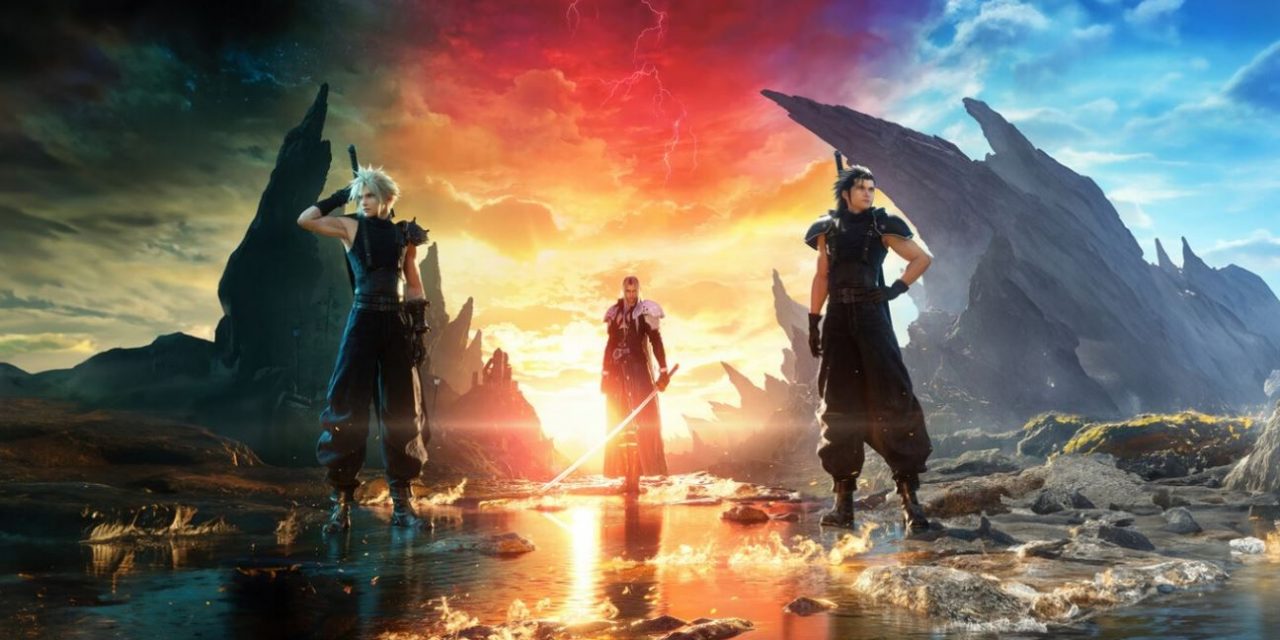



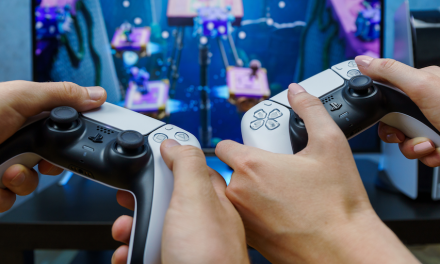
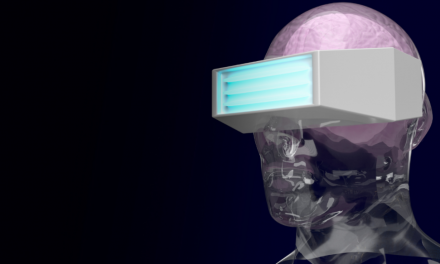
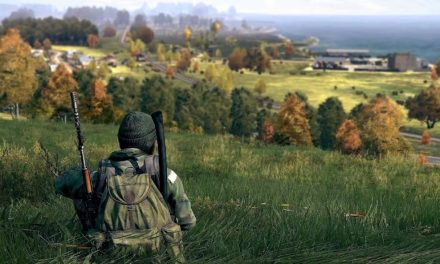


![[Rumor] Capcom is reportedly working on a new Dead Rising](https://vgleaks.com/wp-content/uploads/2025/12/capcom-logo-150x150.jpg)

